Currently, many Red Hookers are upset about the tearing down of the longstanding warehouse at 202 Coffey Street by UPS, which purchased the property over a year ago. This reaction is similar to the demolition of the unique Revere Sugar factory by Thor Equities back in 2006. In both cases, the buildings were sold without landmarking status, and thus the new owners felt justified in tearing them down. In the case of Thor Equities, they still haven’t figured out what to do with the property, so it for sure would have been better if Revere had been landmarked, it would be a tremendous tourist attraction today, rather than the eyesore it remains. In the case of the Lidgerwood building, facing Valentino Pier, landmarking would probably have kept it from being sold to UPS, and so today it would either remain vacant, or sold at a lesser price to someone with the idea of modernizing and repurposing it.
Sunset Park has been working towards landmarking a number of historic buildings. The application is in process and hopefully will be finalized soon. This is a direct result of a dedicated group of volunteers who created the Sunset Park Landmarks Committee. They who put together a well thought out proposal to the powers that be.
This is something that a group of forward thinking Red Hookers might consider emulating, so that we do not lose additional chunks of our history. A good roadmap is their website http://www.preservesunsetpark.org/.
Surprising, there are a couple of buildings in this neighborhood that have already been landmarked – 76 Van Dyke Street as well as the Red Hook Rec Center. Here are some more possibilities for preservation.
Beard St. Warehouses
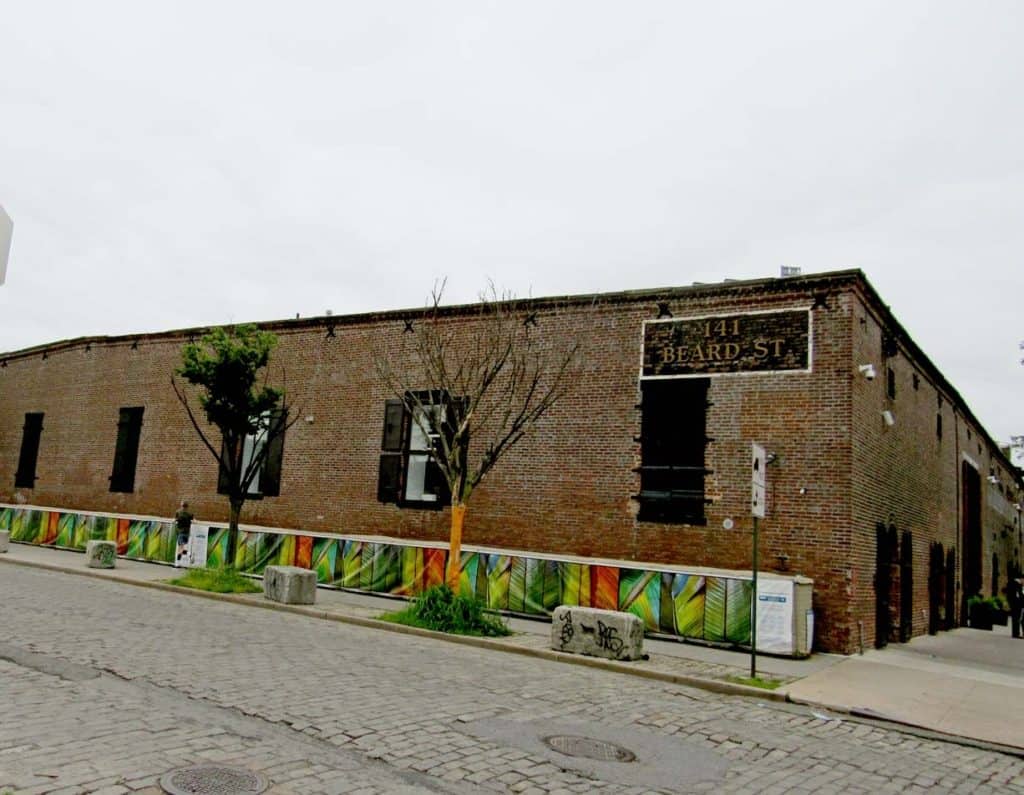
Located on Beard St. and Van Brunt St., these warehouses have a plethora of history surrounding them. Built in the 1860s and 1870s by Jeremiah P. Robinson and William Beard, these massive buildings were once used to hold gear for ships arriving and departing New York Harbor. An Irish immigrant, Beard made his living building railroad tracks, and his estate owned the Erie Basin. Today, the majority of the warehouses are operated by small businesses and manufacturers.
159 Pioneer St.
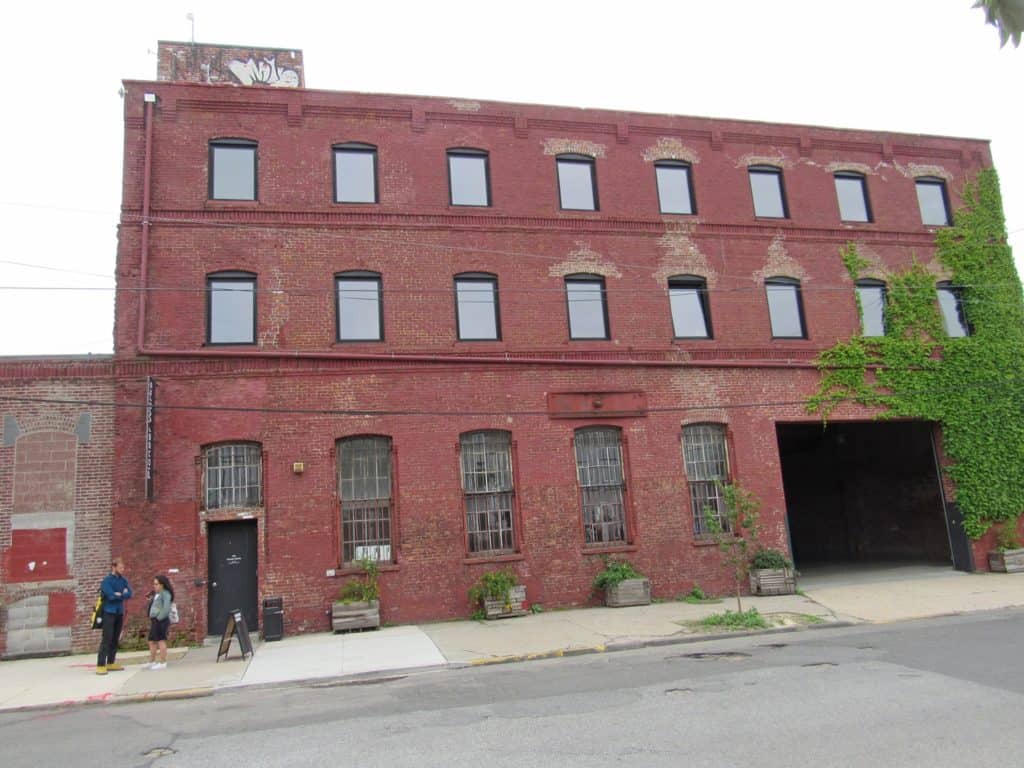
Once home to Pioneer Iron Works, this building was constructed in 1866. In its lengthy history, the company primarily manufactured railroads, steamrollers and sugar machinery. In 1881, the building was damaged by a fire, and a result of this was more than 100 layoffs. The building was repaired the same year and continued fabricating iron works that were sold around the world. Today, the building is home to Pioneer Works, an art gallery that opened in 2012.
110 Wolcott St.
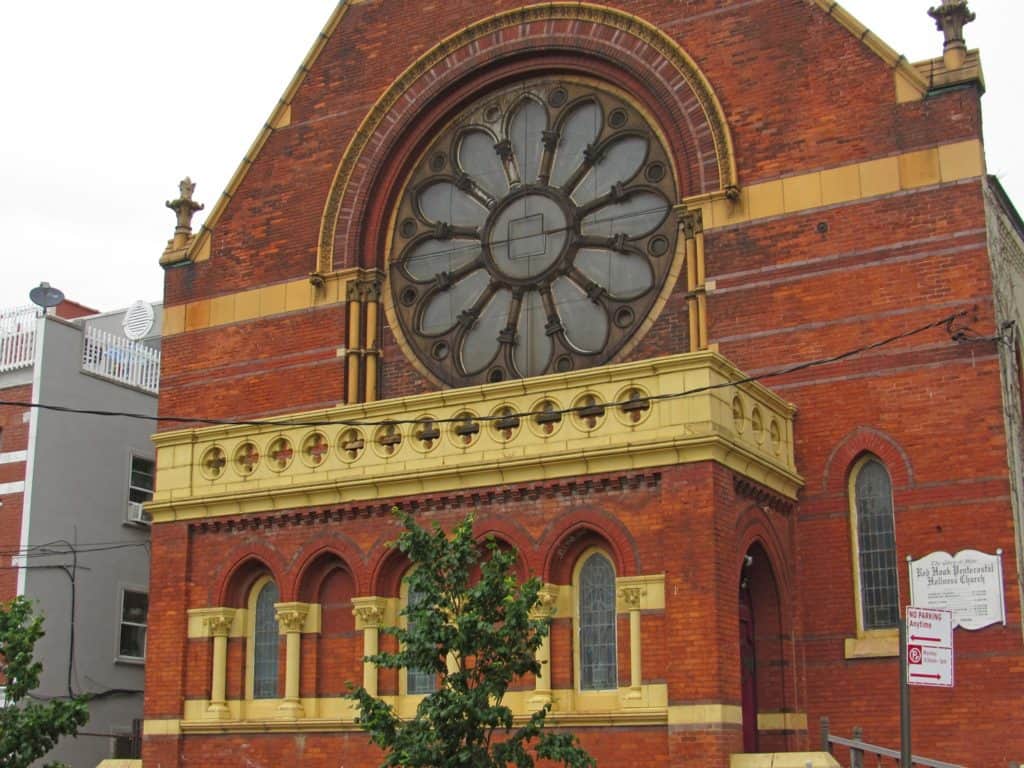 A gorgeous church built in 1899 is hidden on a small block in Red Hook. Originally named the Christ Church Chapel, it was renamed and is currently known as the Red Hook Pentecostal Holiness Church. The original church in the spot was built in 1866, but it was falling apart and was rebuilt. The structure was designed by William James Audsley and George Ashdown Audsley, two Scottish architects. The brothers have designed places of worship in multiple countries around the world. Despite the building being sold in the 70s, it is still used as a place of worship today.
A gorgeous church built in 1899 is hidden on a small block in Red Hook. Originally named the Christ Church Chapel, it was renamed and is currently known as the Red Hook Pentecostal Holiness Church. The original church in the spot was built in 1866, but it was falling apart and was rebuilt. The structure was designed by William James Audsley and George Ashdown Audsley, two Scottish architects. The brothers have designed places of worship in multiple countries around the world. Despite the building being sold in the 70s, it is still used as a place of worship today.
Red Hook Houses
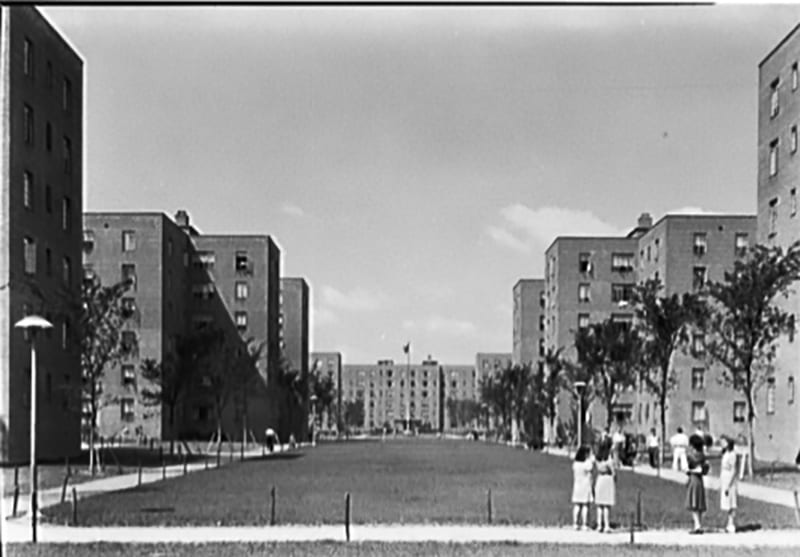
The largest housing complex in Brooklyn, the Red Hook Houses were built in 1939 and were designed by Alfred Easton Poor. The buildings were originally built for the families of dockworkers, and was one of the first federal complexes in the U.S. Eleanor Roosevelt was given a tour of the complex when she was First Lady of the United States. Today it is estimated that 8,000 people live in the complex, around 73 percent of the Red Hook population.
76 Van Dyke St.
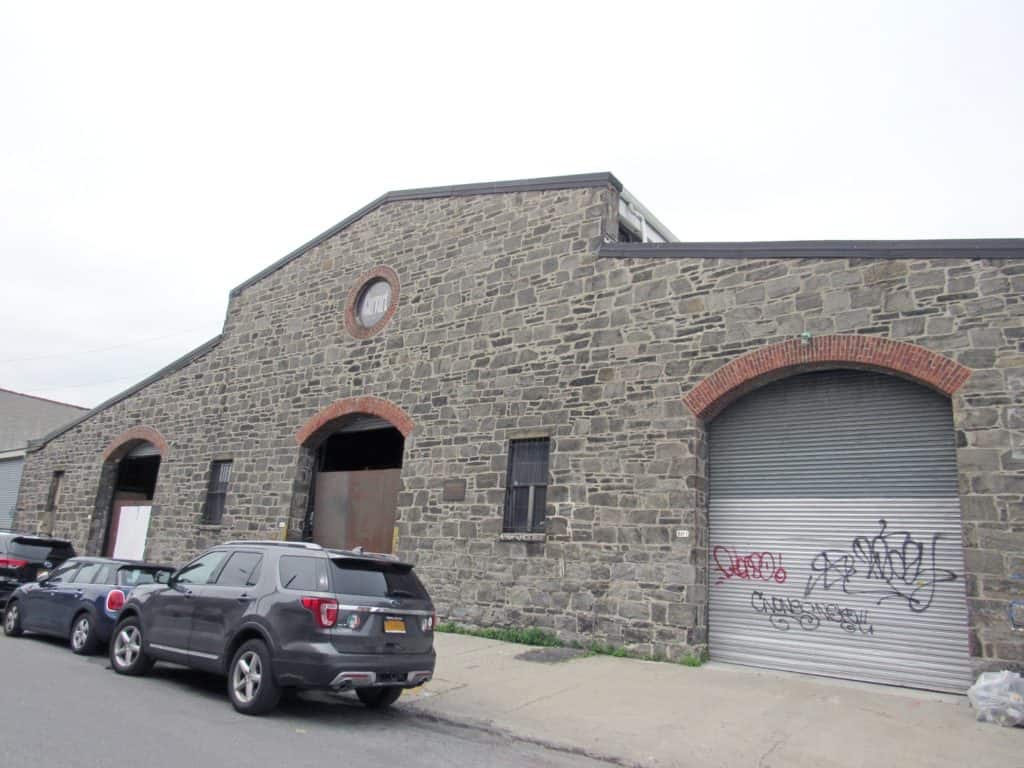
Built in 1859, this building was once used as the manufacturer for the Brooklyn Clay Retort and Fire Brick Company. Owned and operated by Joseph K. Brick, the stone building was used to make clay bricks that are used for the making of iron and steel. Brick came to New York in 1848 to run a gaslight work company, after going to school in Philadelphia. Brick’s company operated the building he designed up until the 1930s where a molasses company took over. In 2001, the Landmarks Preservation Commission declared it a landmark. Today, the historic stone house is operated by a glassmaking company.










